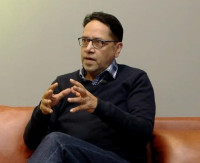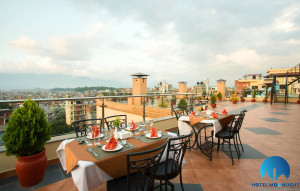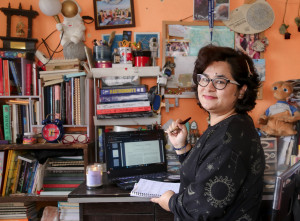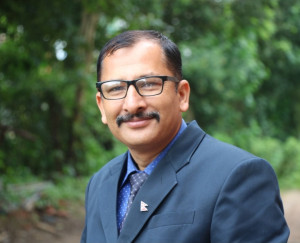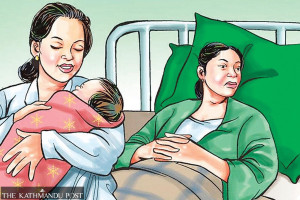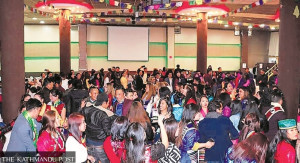Culture & Lifestyle
Why comedy had to change
In the 1990s and early 2000s, Indian comedy was a gentler, more inclusive affair. It used to be more nuanced and safer.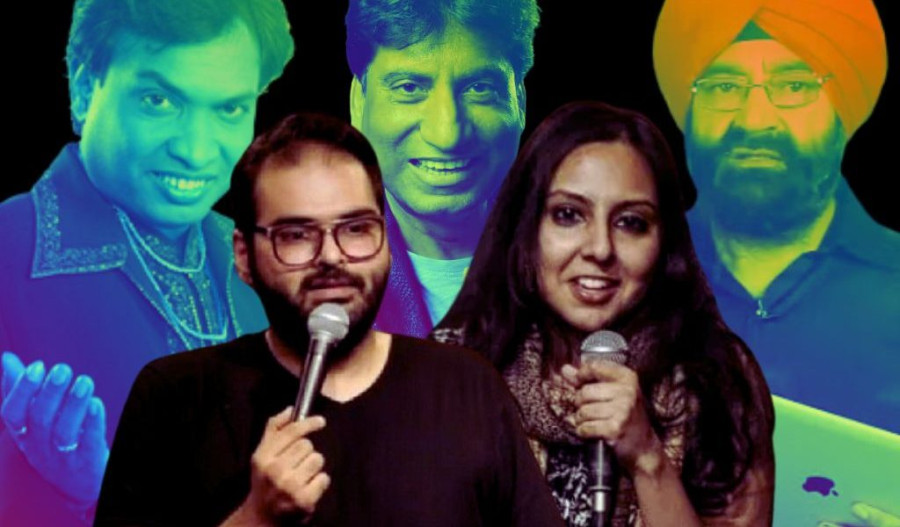
Aditya Mukherjee
In Milan Kundera’s novel ‘The Joke’, the protagonist, Ludvik, sends a postcard with a satirical message that is misinterpreted by the Communist authorities, leading to severe consequences. This narrative illustrates the regime’s intolerance to irony and humour.
The recent kerfuffle surrounding stand-up comedian Kunal Kamra’s remarks on Maharashtra’s deputy chief minister Eknath Shinde has turned into a cause célèbre, once again exposing how uncomfortable the political class feels these days at being the focus of irreverence and humour. The tsunami of outrage from political circles and vandalism at the performance venue, raises deeper questions: Have today’s comedians become the proverbial fly in the ointment, daring to call out the hubris and double standards of our politicians? By all indications, yes.
In the 1990s and early 2000s, Indian comedy was a gentler, more inclusive affair. It used to be more nuanced and safer. Icons like Jaspal Bhatti, Raju Srivastava, and Sunil Pal, to name a few, offered humour that resonated with us. In his popular programme Flop Show, Jaspal Bhatti satirised bureaucracy, the flawed education system, power cuts, and unemployment—the everyday afflictions of the Indian middle-class household—using wit, irony, and subtle satire. Raju Srivastava stretched the boundaries of comedy by anchoring his humour in the lives of everyday Indians: the nosy neighbour, the pesky and overzealous TV reporter, the travails of office-goers commuting on Mumbai’s local trains. He mainly highlighted the daily struggles of the common man, but did so with a lightness of touch, a deliberate avoidance of direct political provocation. Srivastava’s humorous take on the peculiarities of Indian weddings was a classic example of observational humour.
Fast forward to today, and the stand-up scene is markedly different. Indian comedy clubs and streaming platforms have given rise to a new generation of performers who are unafraid to name names, question power, and comment on the political climate with biting candour. Kunal Kamra, Munawar Farooqui, Agrima Joshua, and others have taken an unfiltered approach to their comedy, lambasting the establishment and delving into topics once considered taboo in public humour: nationalism, religious polarisation, political corruption, and media manipulation. Their style is edgier, their language more confrontational, and their targets unmistakably clear.
This shift is partly the result of evolving audience sensibilities. With increased access to global content, urban Indian audiences have developed an appetite for political satire in the style of Last Week Tonight (John Oliver), or Saturday Night Live – shows where lampooning presidents, prime ministers, and lawmakers is not only expected but celebrated. Social media, too, has played a catalytic role, encouraging sharp, viral content that often thrives on controversy.
But why the shift? The answer lies in the political and cultural transformations of India itself.
The rise of assertive nationalism, the blurring of lines between governance and ideology, and cracking down on dissent have made politics an inescapable part of public discourse. For many young comedians, satire becomes a form of resistance, an alternative narrative in an increasingly polarised society. Their humour doesn’t merely aim to entertain–it aspires to awaken.
Contrast this with Jaspal Bhatti’s era, where the state was often the butt of jokes, but never the aggressor. The difference lies not only in comedic approach but in the tolerance of political ecosystems. Bhatti’s satire was system-oriented rather than leader-oriented. He critiqued governance without mocking specific individuals. This difference in targeting – systemic versus personal – perhaps spared them the embarrassment of finding themselves in the crosshairs of political outrage.
Globally, political satire has long had a seat at the comedy table. In the United States, in the 70s and 80s, George Carlin and Bill Hicks went at war, religion, and state power hammer and tongs. Jon Stewart’s mockery of both Democratic and Republican administrations became a hallmark of intelligent critique. In the UK, satirical programmes like Have I Got News For You and performers like Ricky Gervais and John Cleese have poked fun at royalty, politicians, and cultural sacred cows with equal gusto.
What differentiates mature democracies from fragile ones is how they react to satire. In many Western nations, political comedy is seen as essential to free speech and civic engagement. In countries with rising intolerance, it is often misconstrued as sedition, vulgarity, or rebellion.
So, are today’s comedians crossing a line, or are they simply redrawing it for a new generation? Perhaps the answer lies in embracing both traditions. There is room for the understated, character-driven humour of a Raju Srivastava or Jaspal Bhatti just as there is value in the fearless satire of a Kunal Kamra. One soothes, the other stings–but both hold a mirror to our times.
In the end, comedy remains a powerful tool–to question, to provoke, and to heal. Whether whispered through irony or shouted from a stage, the best comedy speaks truth to power. And perhaps, that’s exactly why it must be protected.
Published in special arrangement with TheWire.in




 7.12°C Kathmandu
7.12°C Kathmandu





